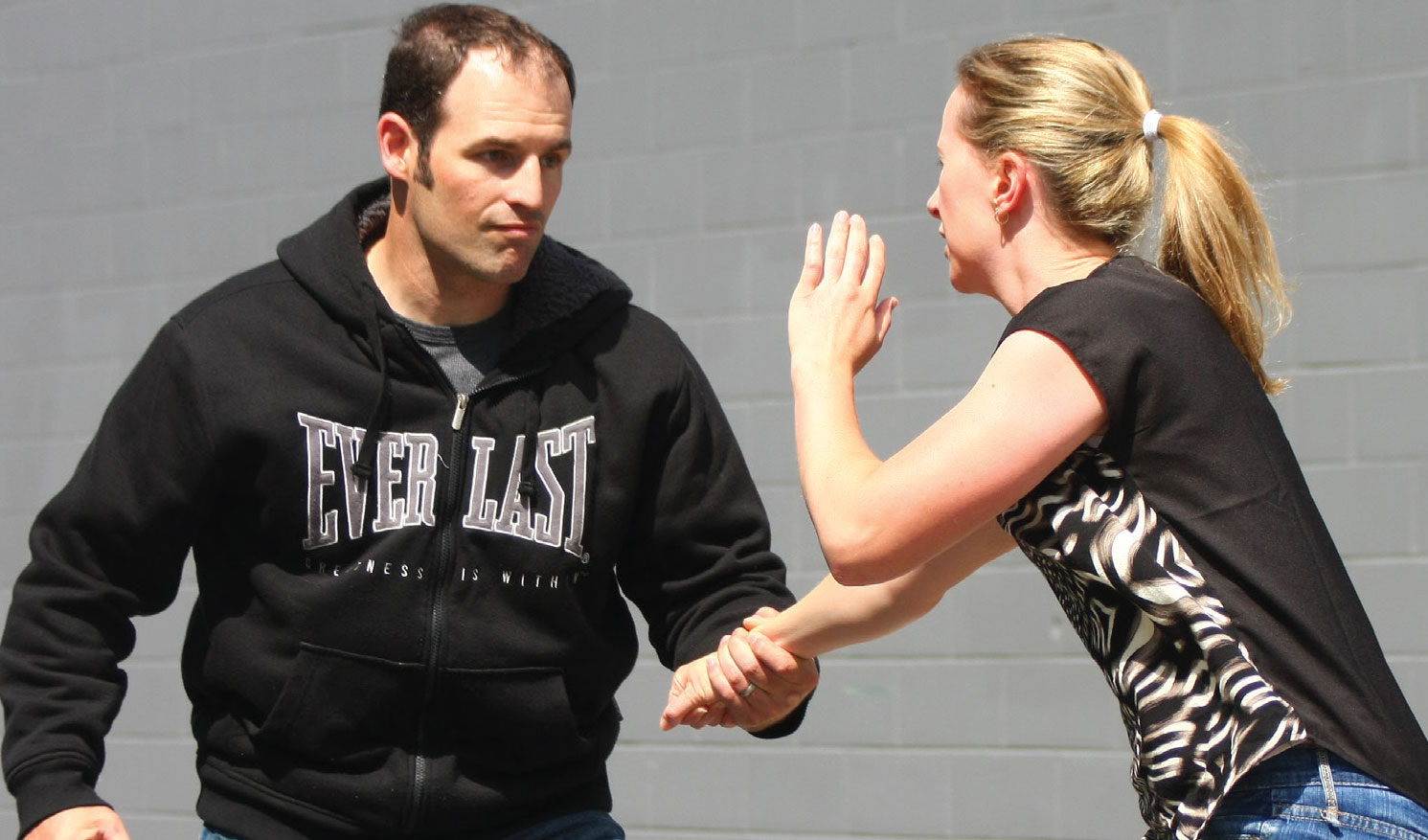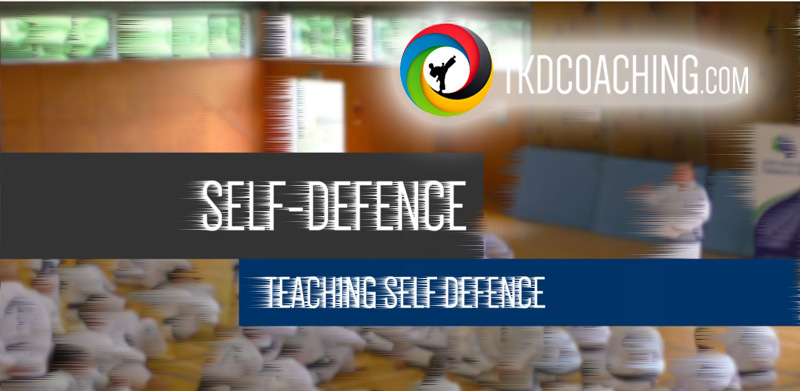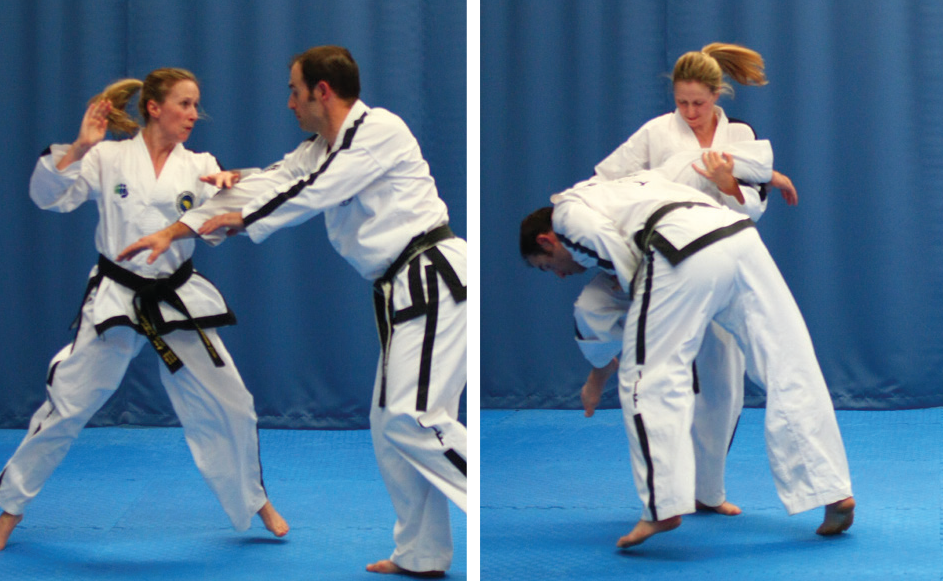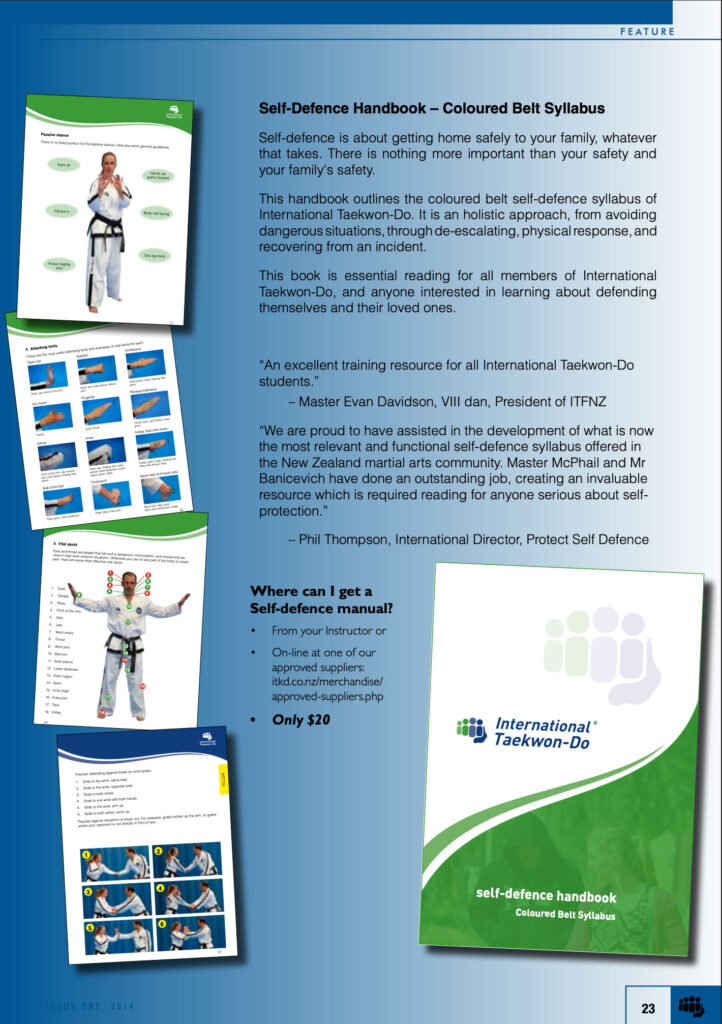 Teaching Self-Defence
Teaching Self-Defence
This video takes instructors through a complete one-hour class on how to teach the New Zealand ITF Self-Defence Syllabus.
The syllabus is detailed in the ITFNZ Self-Defence Handbook, written by Grand Master Paul McPhail, Master Mark Banicevich, and Mr Phil Thompson. Mr Thompson had worked with ITFNZ for many years, and the creation of this manual was the culmination of that long-standing contribution, developed in close collaboration with the ITFNZ Masters.
The video guides you through practical drills, progressions, and key teaching principles that make the syllabus effective for all ages and grades.
This session is especially valuable for instructors who want to improve the structure, flow, and delivery of their self-defence classes.
What the Video Covers
A systematic approach, demonstrating how to:
introduce fundamental concepts
build awareness
teach realistic defensive responses
organise drills suitable for any class size
maintain safety while keeping training engaging
emphasise prevention over physical conflict
The session shows real-time class progress, making it easy for instructors to follow the same format in their own dojang.
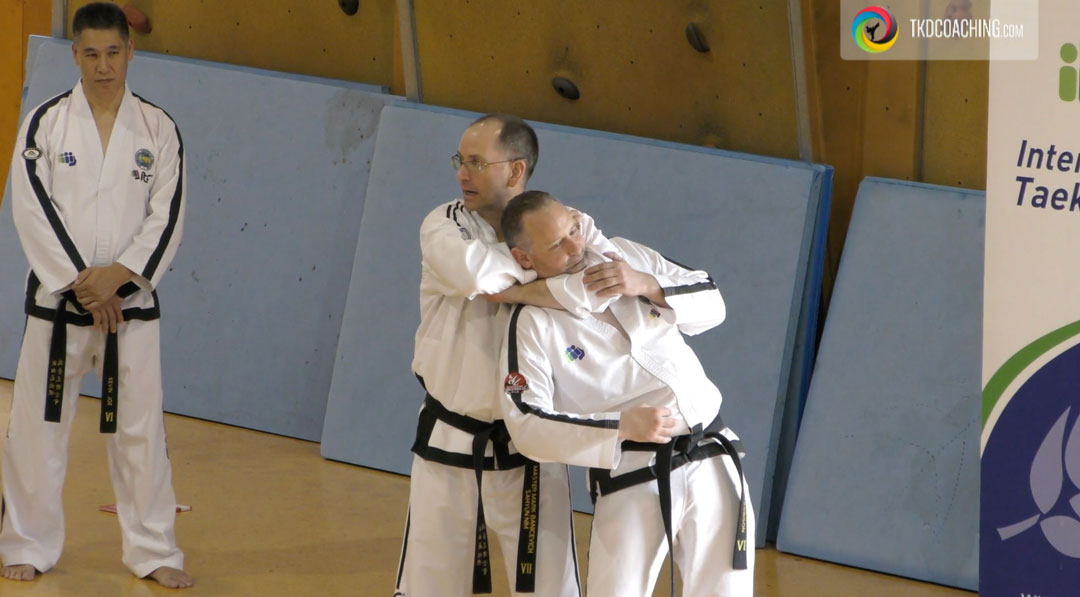
Key Concepts from the NZ Self-Defence Syllabus
The video includes practical guidance based on important self-protection principles such as Survival assumptions and secondary locations. These concepts are essential for ensuring students understand self-defence as more than just physical techniques.
Survival assumptions
A critical part of the syllabus is understanding what to assume during any confrontation. Students must never underestimate a threatening situation. The three essential assumptions are:
the aggressor may have a weapon, even if you can’t see one
the aggressor may have friends nearby
you are likely being recorded on camera
Teaching these assumptions keeps students grounded in reality and encourages smart, cautious decision-making.
Secondary locations
One of the strongest messages in the syllabus is clear:
Never allow an aggressor to move you to a secondary location.
If an attacker tries to move someone elsewhere, it is because they intend to do something they cannot do in the current location. This is extremely dangerous, and students must learn strategies to avoid being moved at all costs.
Why This Video Is Valuable for Instructors
This session provides:
a full class plan you can use immediately
drills and progressions suitable for all ages
cues and explanations that help instructors communicate clearly
safety-focused teaching methods
real examples of how to run an engaging self-defence class
For instructors wanting to improve their confidence and clarity when teaching the syllabus, this video is an excellent resource.
Watch the Seminar
Available now for all TKDCoaching members.
Want the full video? Become a member today →
